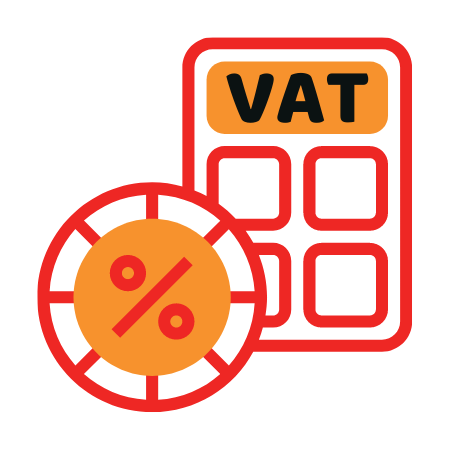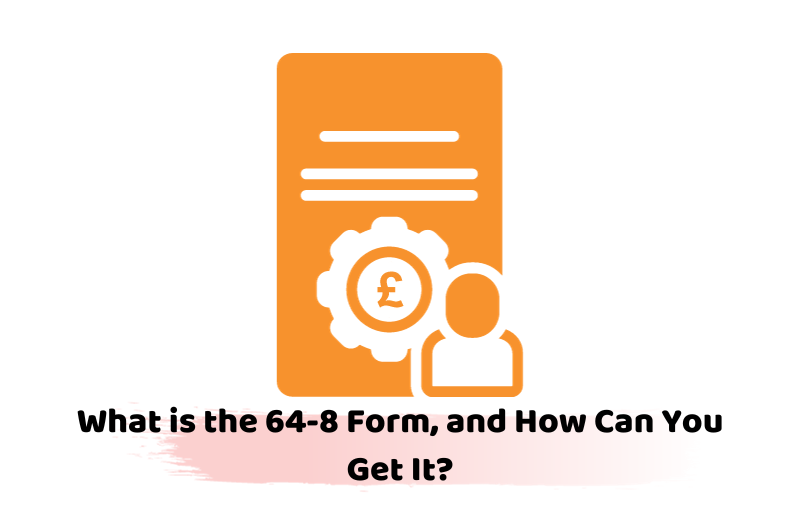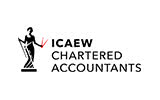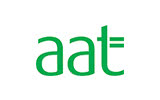If you can’t handle your own taxes and have required the services of a bookkeeper, you need to know about the 64-8 form. Read this blog till the end for complete information.
The form has been in circulation for more than 20 years now since it was first introduced in 1996. There are countless benefits to the person who applies for it, and it comes with extensive implications. But what is the form for, and how does one get it?
This is what we will try to answer in this blog. Firstly, we will clarify the 64-8 form and see its eligibility criteria. Then you will be given details on who should apply for the form. Lastly, it gives you instructions on how to apply for the 64-8 form yourself.
If you require reliable accounting services in London, visit Accotax!
What is the 64-8 Form?
The 64-8 form allows a person to act on behalf of another person for tax purposes. The HMRC provides the letter to all people who are outsourcing their accounting and tax obligations to professionals. You can get a 64-8 form if the person who is handling your books and taxes is either:
- an accountant
- a tax agent
- an advisor
However, if the person you want to authorise does not fall under the above-mentioned roles, you will have to get special permission from the HMRC. It is to be noted that you can submit the form for various purposes, which give different access options to your appointee.
What are the Purposes You Can Assign Under the 64-8 Form?
In addition to providing another person access to your tax advisory, you can also decide which part of the tax you want them to access. Under the HMRC regulations, the following are the different purposes for which you might appoint a tax advisor:
- Self Assessment
- Trusts
- Corporation Tax
- Individual PAYE
- Tax Credits
- VAT
- Construction Industry Scheme (CIS)
- Employer’s PAYE
It is to be noted that under each role, the person acting on your behalf has different access to your tax information. For the sake of simplicity, we will only discuss three here, so you can get a good idea.
1. Self Assessment
When you submit a 64-8 form for self-assessment purposes, your agent gets various different permissions. They can discuss your current and previous returns with the HMRC and access and change your details, such as the source of income. In addition, they can provide authorities with your bank details, view and submit expenses, and also finalise your tax positions.
2. Corporation Tax
If you submit a 64-8 form for corporation tax purposes, your agent will get access to your company and financial information. In addition, they will also be able to update contact details as well as company communication.
3. Value Added Tax
In the case you are submitting a 64-8 form for VAT purposes, your agent can discuss VAT with the HMRC and also sign legal documents on your behalf. In addition, they can edit your VAT liabilities and cancel your registration. Lastly, they can also appeal in case you miss the deadline to pay your taxes on time.
We suggest visiting the HMRC website for further details.
What are the Requirements?
If you are looking to apply for a 64-8 form, you will have to comply with certain regulations. Firstly, you must be registered with HMRC and have a valid NIC and a UTR number. In addition, you will have to provide evidence of your identity and the identity of the person you are appointing as your agent. Finally, you will have to prove that the person you are appointing has a professional relationship with you or your business.
How Do I Apply for a 64-8 Form?
There are two ways you can apply for a form: online or by post. It is always more convenient to apply online. To do this, you will need to visit the HMRC website and obtain a Government Gateway account. However, if you are looking to apply for the form via post, the following is the address that you can use:
- Form 64-8
- Central Agent Authorisation Team
- HM Revenue and Customs
- BX9 1AN
If you require reliable accounting and tax advisory services, contact us!
A Brief Summary
A 64-8 form allows you to appoint an agent on your behalf who can manage your taxes. This person can be an accountant, a tax agent, or an advisor. You can appoint an agent for various tax purposes to deal with HMRC. However, we recommend thoroughly reading the details for the purpose of appointing an agent. To apply for the form, you can either do it online or by post. However, it is always more convenient to use the website and apply for it digitally.
We at Accotax understand that it can be difficult to handle your own taxes. Therefore, we provide you with the best accounting and tax advisory services. Click here to get an instant quote!





















































